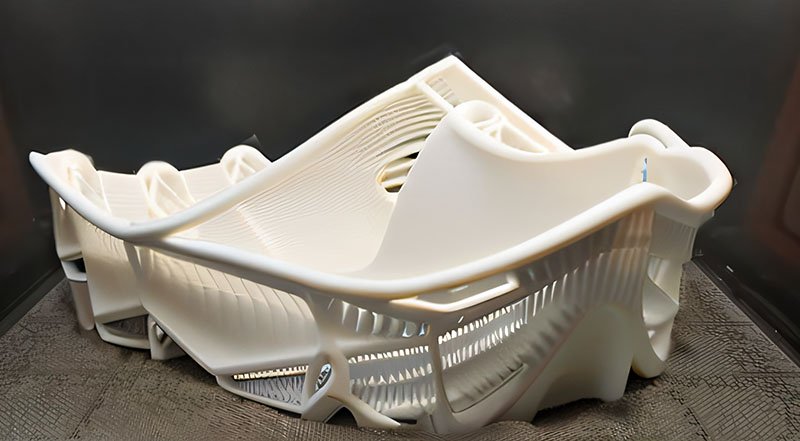Basics of SLA for Prototyping

Stereo lithography process start with a CAD drawing sliced into cross-sections.
Each cross-section represents a layer in the build, generally between 0.05mm and 0.1mm thick for SLA modelling. The model is built 1 layer at a time by an UV laser beam directed by a computer-guided mirror onto the surface of the UV sensitive liquid epoxy resin. The UV light precisely solidifies the resin it touches.
The SLA technique is suitable for water clear, translucent and opaque parts. The surface finish can be improved with polishing and painting. SLA is good for making parts with visual and physical characteristics of the final product.
Contact us to get started with a free project review and quote to learn more about our SLA 3D Printing service.